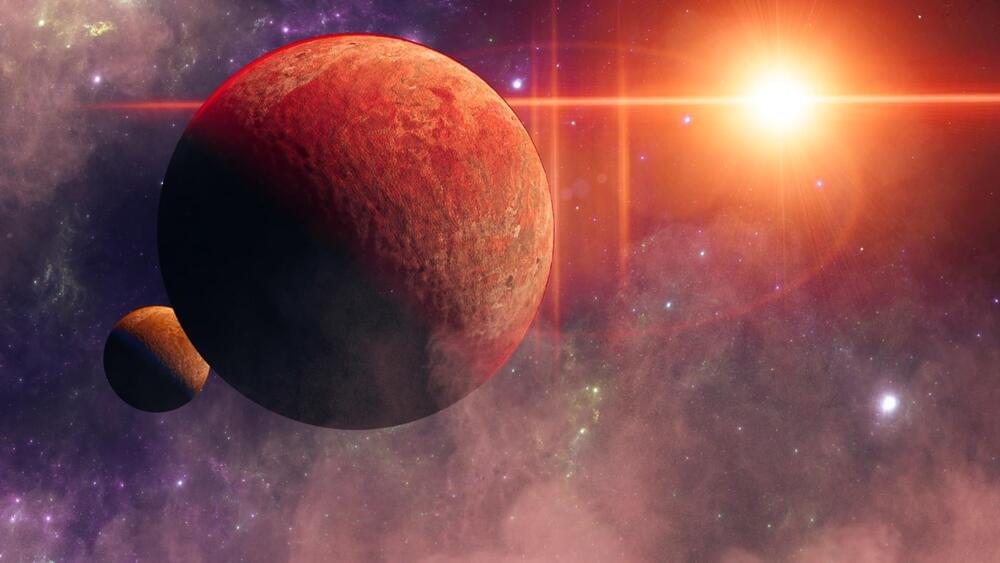I think it’s got potential to be a magnificent vehicle.
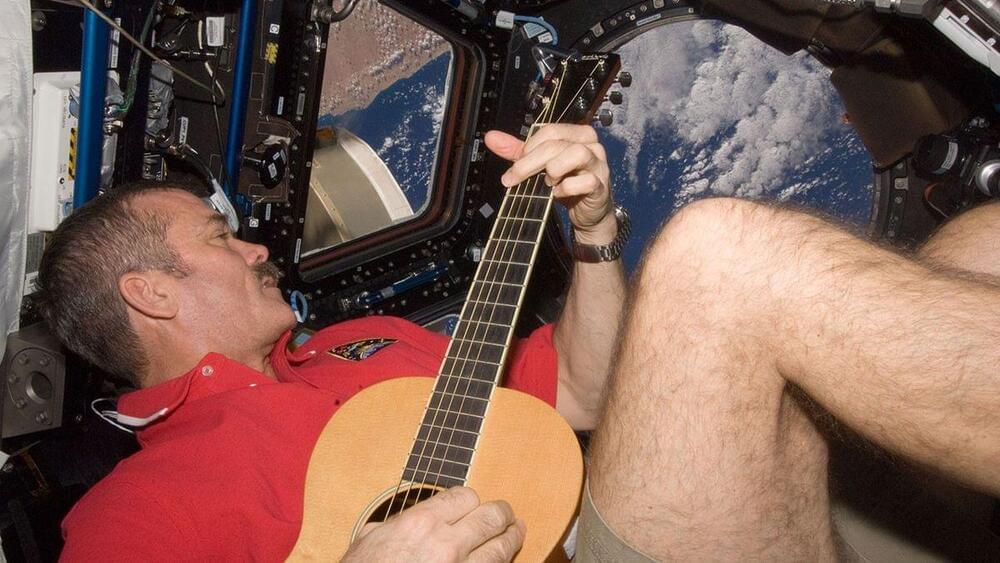

SpaceX’s announcement of the new V2 Starship marks a significant commitment to innovation and improvement in the evolution of Starship, with potential game-changing advancements in technology and capabilities.
Questions to inspire discussion.
Why is SpaceX shifting to V2 Starship?
—SpaceX is shifting to V2 Starship due to potential game-changing advancements in technology and capabilities, including increased propellant capacity and reduced dry mass for quicker booster return and reaching higher orbits.
SpaceX is making significant progress in obtaining launch licenses, increasing their number of launches, and potentially extending the operational life of the Hubble Space Telescope through a rescue mission.
Questions to inspire discussion.
What progress is SpaceX making with the Starship launch?
—SpaceX is preparing for the third orbital Starship launch, with crews working to restore infrastructure and repair cracks at the launch site. They are also making design improvements and testing the deflector system.
Space Coast Live provides 24/7 views of SpaceX and NASA launch operations in Florida including the new Starship pad at LC-39A. The Kennedy Space Center-based cameras are supplemented by Fleetcam, which provides views of recovery vessels in Port Canaveral.
Fleetcam is located at Rusty’s Seafood & Oyster Bar (https://www.rustysseafood.com/) in Port Canaveral, Florida. This stream has no audio commentary.
Our other livestreams!
Starbase Live: http://nsf.live/starbase.
McGregor Live: http://nsf.live/mcgregor

The valuation of Elon Musk’s SpaceX hit $180 billion based on an ongoing secondary share sale, CNBC confirmed Wednesday.
The company is discussing an agreement with investors to sell stock from insiders in a purchase offer at $97 a share, according to a person familiar with the discussions. The offer does not include raising new capital, as the purchase offer represents a secondary sale of existing shares and is expected to close in January.
SpaceX typically performs these secondary rounds about twice a year, to give employees and other company shareholders a chance to sell stock. The latest valuation represents a 20% increase from SpaceX’s previous high of $150 billion, which the company hit through a July secondary sale at $81 a share.
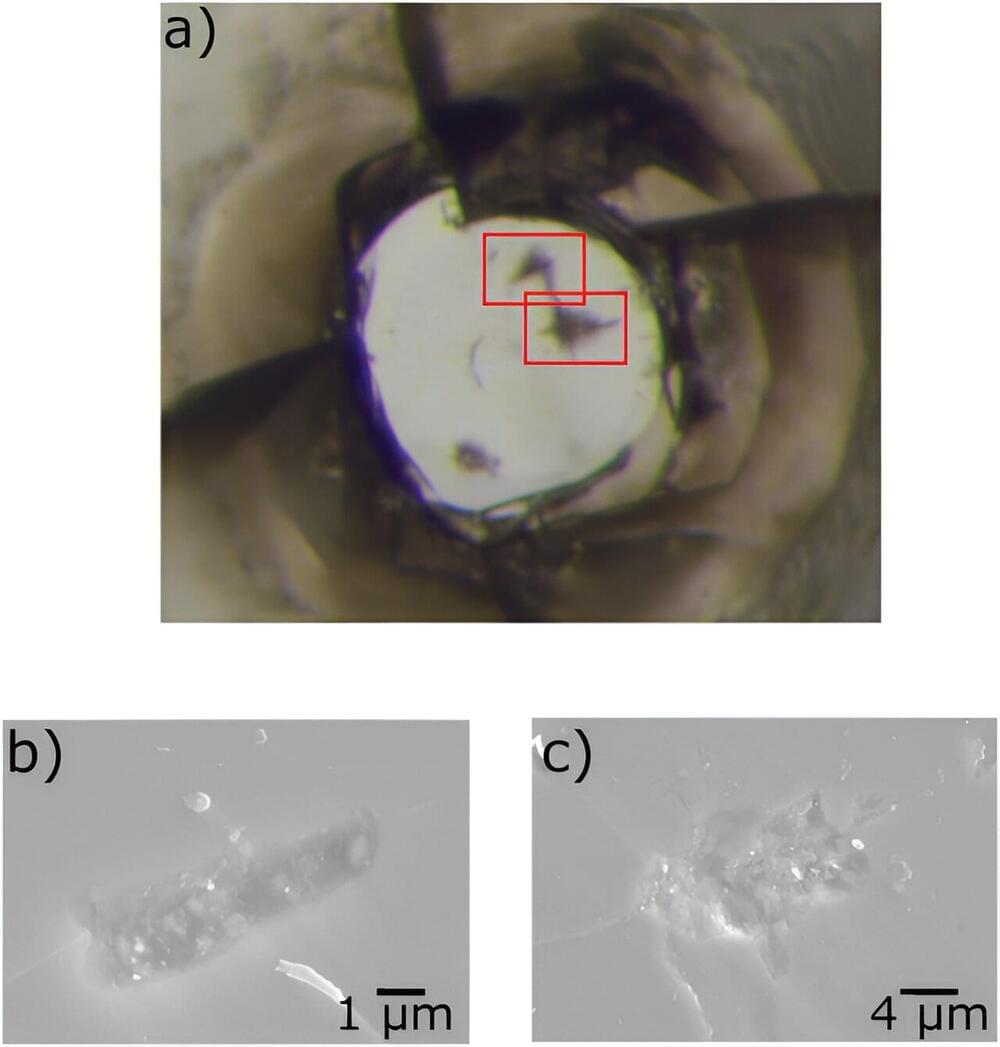
Potentially very useful discovery.
Scientists have solved a decades-long puzzle and unveiled a near unbreakable substance that could rival diamond as the hardest material on Earth. The research is published in the journal Advanced Materials.
Researchers found that when carbon and nitrogen precursors were subjected to extreme heat and pressure, the resulting materials—known as carbon nitrides—were tougher than cubic boron nitride, the second hardest material after diamond.
The breakthrough opens doors for multifunctional materials to be used for industrial purposes including protective coatings for cars and spaceships, high-endurance cutting tools, solar panels and photodetectors, experts say.
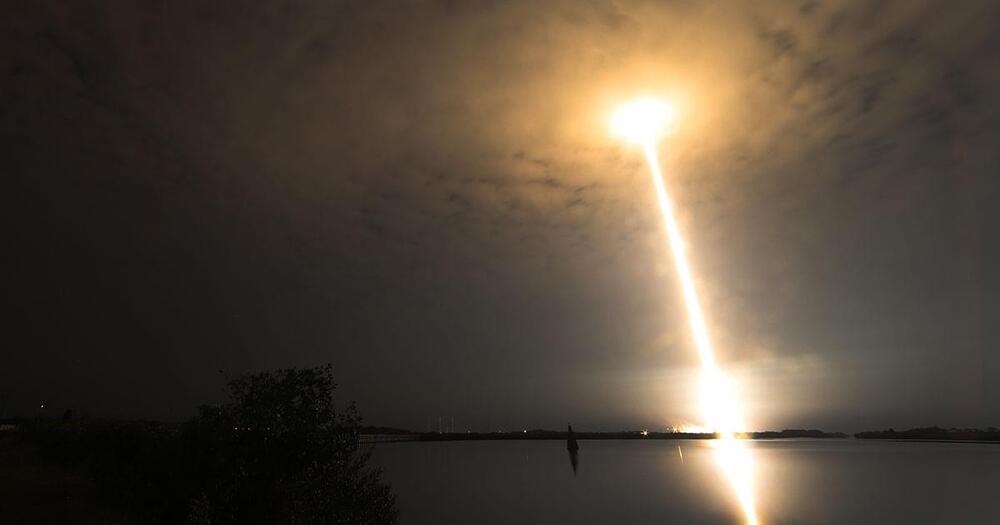
SpaceX rockets are tearing holes in the Earth’s atmosphere as they make their return to the surface, triggering what scientists are calling “SpaceX auroras,” a newly coined term that refers to red, spherical spots in the night sky that can easily be seen with the naked eye.
As Spaceweather.com reports, the name isn’t entirely accurate as they’re technically not auroras. They’re the result of SpaceX rockets burning their engines in the Earth’s ionosphere, a part of the upper atmosphere where solar radiation ionizes atoms and molecules to create a protective layer of electrons.
That means that as the rocketmaker ratchets up its launch schedule, that could be a problem, because the ionosphere serves an important technical function by ensuring the stability of shortwave radio communication and GPS signals.
SpaceX is making progress at Starbase, collaborating with the US Transportation Command and Air Force, potentially becoming a major source of revenue, while also facing potential competition from Relativity Space, and experiencing design errors but still managing to save samples.
Questions to inspire discussion.
What progress has SpaceX made at Starbase?
—SpaceX has made significant progress at Starbase, including construction of the Starfactory, residential area, and Rocket Garden, but the fate of prototype ships remains uncertain.
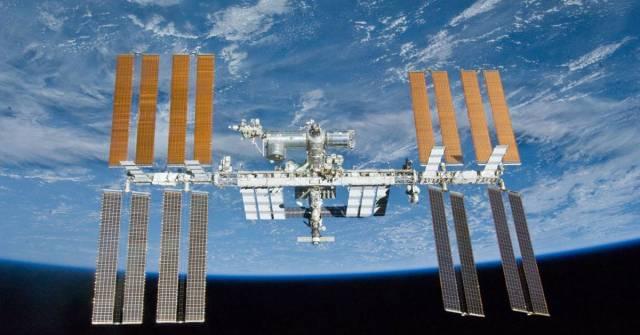
“We are ending the year on a high note with multiple important milestones being completed by our partners,” said Angela Hart. “Over the past few months, we have been able to dig into the details of the specific hardware and processes of these stations and are moving forward to multiple comprehensive design reviews next year.”
NASA’s International Space Station (ISS) has been a become of scientific value and hope since its first module was launched in 1998, having since expanded into a football-sized behemoth large enough to be observed in detail from Earth. However, all good things come to an end, as the ISS is scheduled for “retirement” in 2031 by being steered into the Earth’s atmosphere where it will crash in the middle of the Pacific Ocean. Therefore, it’s only natural to think about life after the ISS, which is why NASA has recently taken steps to develop future commercial space stations from Axiom Space, Blue Origin, and Nanoracks, with the goal of the United States working to maintain a constant human presence in low Earth orbit (LEO) long after the ISS has retired.
Axiom Space, which has already launched two privately funded missions to the ISS (Ax-1 and Ax-2) with two more being planned for 2024 (Ax-3 and Ax-4), is working hard with NASA to develop its Axiom Station with the first module, Axiom Hab One, currently scheduled to be launched and attached to the ISS sometime in 2026. During its time there, Hab One will undergo significant tests and evaluations pertaining to ensure they can hold seals and function in the vacuum of space.
